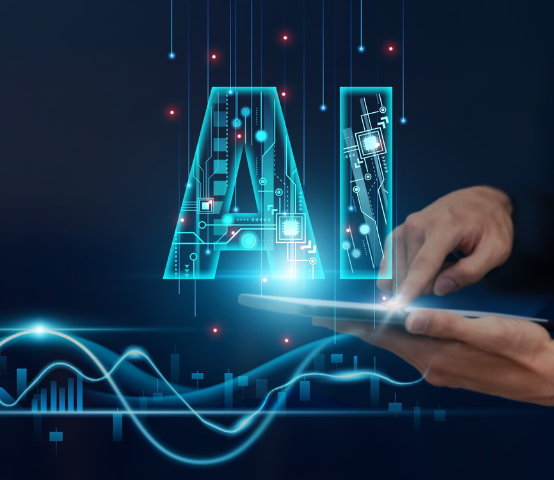Being a polyglot is as challenging as it is exciting. But because of AI, language learning is much more accessible, efficient and personalized now. Learners can engage with languages in a more interactive, adaptive, and enjoyable manner. In this blog, we will see how AI is changing the traditional way of language learning and its future.
Personalized Learning Experiences
The main pitfall of traditional language learning is its one-size-fits-all approach. Because different learners have different skill levels, learning styles, and goals, which is exactly why personalization is important. Some might be struggling with grammar, some with pronunciation, while others with vocabulary. AI makes sure that all learners get targeted exercises that improve their weaker areas and strengthen their existing skills. Capabilities of learners differ from each other, so AI-driven platforms carry out activities like analyzing user behavior, tracking progress, and adapting lessons according to those differences.
AI-Powered Chatbots and Virtual Tutors
Having conversations with native speakers is one of the most effective ways to learn any language. But it is not possible for everyone to get to speak with native speakers or tutors. This huge gap can be filled with AI-powered chatbots as they provide real-time conversational practice. Learners will be more interested and involved in conversations that help them fix grammar and pronunciation errors, and understand cultural context better. Human-like conversations can now be mimicked by GPT-based chatbots, one of the advanced AI models, to make practice sessions more immersive and effective.
Real-Time Speech Recognition and Pronunciation Improvement
Getting good at pronunciation is a daunting task. But, by using AI’s precise phonetic analysis, learners can get better at their accents and speak confidently. By analyzing spoken words and delivering instant feedback on where to improve, AI-driven speech recognition technology helps learners improve their pronunciation. Apps like Duolingo, Speechling, and Rosetta Stone make use of AI to detect mispronunciations and suggest corrections.
Automated Translation and Instant Feedback
Multilingual communication seems smoother in today’s time because of the improvements in AI-powered translation tools. Even though traditional translation tools used to provide word-for-word translations, AI-driven engines like Google Translate and DeepL now consider context, idioms, and grammar nuances, along with the delivery of real-time feedback on written and spoken exercises, which helps learners identify mistakes and improve accuracy without waiting for human instructors.
Adaptive Learning Paths and Gamification
Using adaptive learning paths and gamification techniques, AI-driven platforms make learning thoroughly engaging. Based on a particular learner’s progress, AI adjusts lesson difficulty and features like streaks, leaderboards, and reward-based learning result in consistency and motivation. Gamified language apps powered by AI create an interactive environment that turns learning into an enjoyable habit rather than a tedious task.
AI in Language Assessment and Certification
Conducting language proficiency assessments is time-consuming and costly. With the help of AI, this process can be organized by providing automated language assessments. Analysis of written essays, spoken responses, and comprehension skills with remarkable accuracy can all be done using AI-powered platforms. These will save a lot of valuable time, along with providing detailed insights into areas that require improvement. Language assessments still have to be more accessible and efficient, and to make that happen, companies and educational institutions are adopting AI-driven evaluations for certifications.
AI and Engaging Learning Technologies
The integration of AI with augmented reality (AR) and virtual reality (VR) has taken language learning to a different dimension. Immersive environments allow learners to practice real-life scenarios like ordering food in a restaurant or navigating a foreign city. By analyzing how users interact, AI adjusts the learning experience to make it more personalized and interesting for each learner. Learners can have an experience similar to that of native speakers, which makes it easier and more natural for them to learn the language.
Overcoming Language Barriers with AI
AI is breaking down all forms of language barriers for businesses and global travelers by allowing real-time translation and voice assistance. AI-powered language processing tools allow smooth communication between people who speak different languages. This also helps in enhancing cross-cultural interactions and removing linguistic obstacles in business negotiations or at the international level.
There are continuous advancements in AI and the future looks bright. AI will develop more abilities to understand context, tone, and dialects, which makes language learning even more intuitive. Eventually, AI will close the gap between different languages and cultures, which nurtures global communication and understanding.

